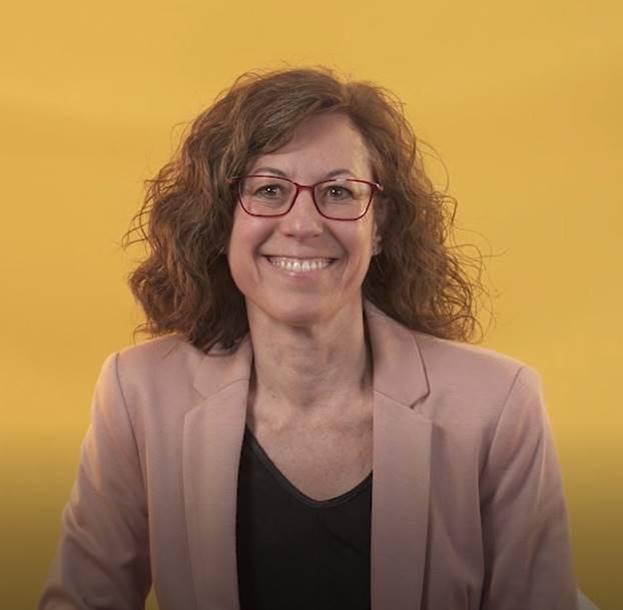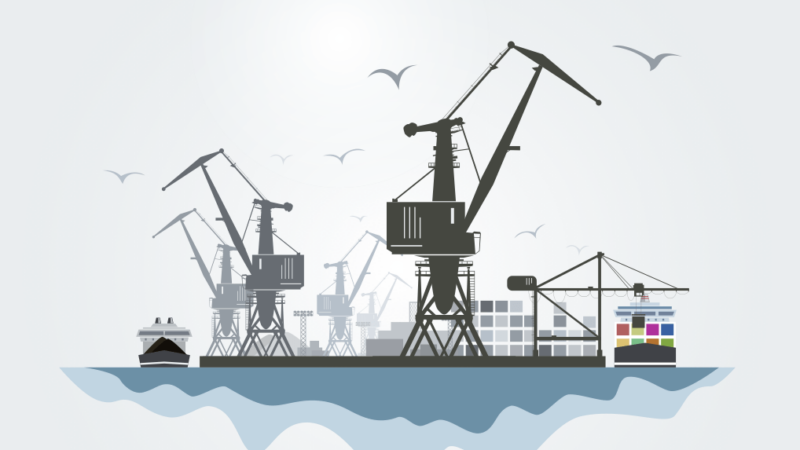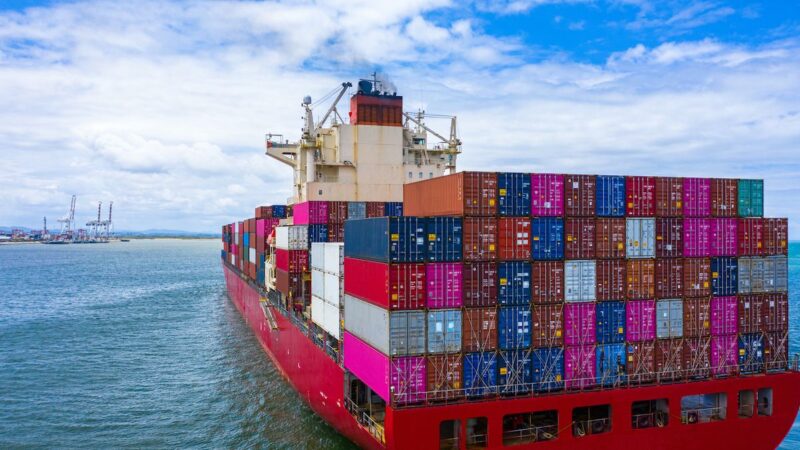Room for improvement
At a state level, measures are also on their way to shape equality plans that make a difference and leave behind sexist and unfair practices. "Our objective is that equal opportunities between men and women become an integrated principle across our organization," explains Rebeca Álvarez Mohedano.
With these plans, the state entity hopes to promote gender parity in high roles and positions of responsibility and to achieve equality in the work placement. Progress has been made in recent years, especially related to work-life balance, but there is still room for improvement. “Change would come if, aside from women, men also adopted these conciliation measures. This would mean that we are moving towards co-responsibility and overcoming the roles traditionally assigned to women, such as caring for minor children or dependents,” says Mohedano.
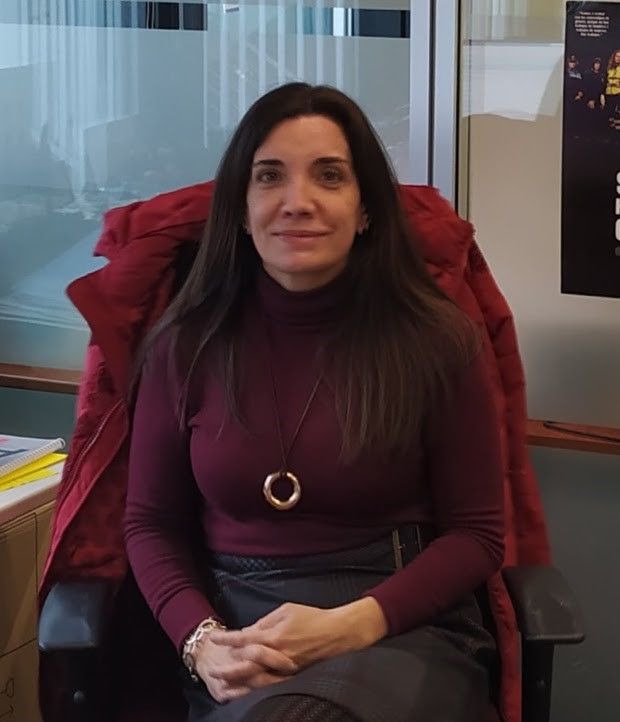
According to her, to achieve a significant change and end up breaking the glass ceiling it is necessary to emphasize education. In general, she is optimistic. "I believe that the equality plans that are being carried out and starting to work together with the Port Authorities, the role of women in the ports will change remarkably."
Cadiz: the role of other ports
Recently, the Cadiz Bay Port Authority has set up a negotiating committee for its own Equality Plan. This is the first step to promote its implementation, since the commission has powers to prepare a diagnosis of the situation and establish measures.
This commission is an example of parity: it is formed by four women and four men. In addition, its presidency will be occupied by María del Carmen Rodríguez Baturone, a port police - the group with the fewest female presence in the entire organization.
Cadiz is a good example of the goals that more and more ports are setting for themselves. Different entities around the world are taking small (or big) steps so that the difference in roles in the maritime sector will soon be a thing of the past. To achieve this, they have a large number of women willing to make a change. Or, in the words of the IMO itself, women with the capacity to change the course of the events.
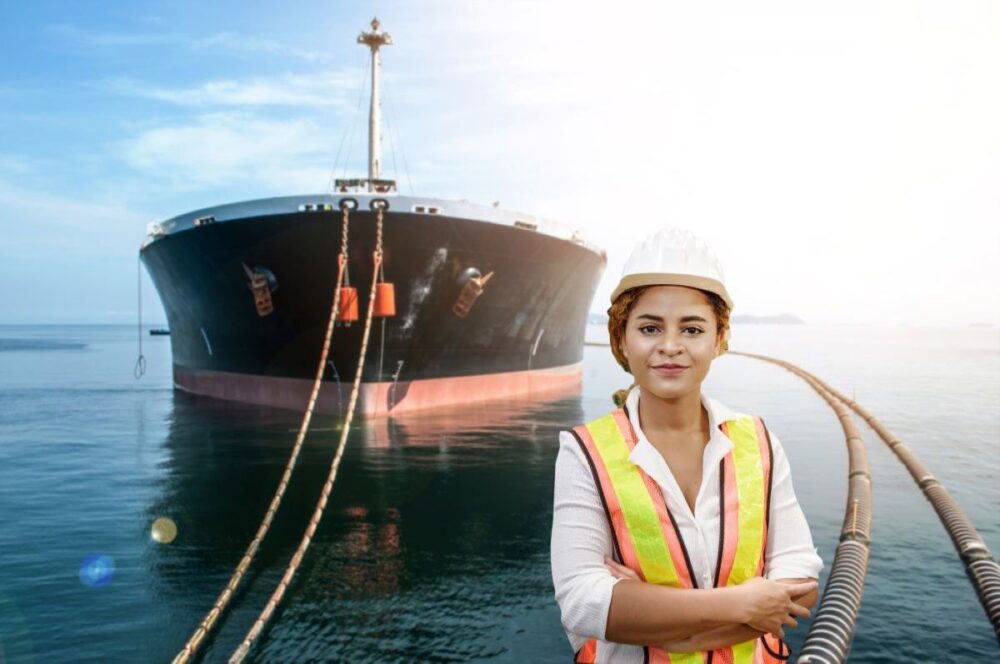 In 2019 women represented only 2% of a total of 1.2 million workers. (GettyImages)
In 2019 women represented only 2% of a total of 1.2 million workers. (GettyImages)
 In 2019 women represented only 2% of a total of 1.2 million workers. (GettyImages)
In 2019 women represented only 2% of a total of 1.2 million workers. (GettyImages)



